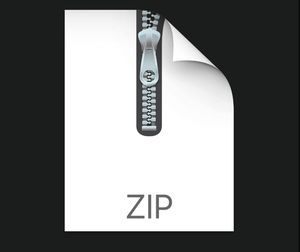Starting from:
$30
ITCS5180-Homework 1 BMI Calculator Solved
The interface should be created to match the user interface presented in Figure 1. Try to design it as similar as possible, however, it is recommended to give more time to
Figure 1: BMI Calculator Wireframe
implement the logics first. Please follow the following instructions:
1. The String values used for the button labels should be read from the strings.xml file and should not be hardwired in the layout file.
2. This is the first application you will develop. Here you will develop the BMI calculator using the aforementioned formula.
3. First, use a TextView to display the String, “Body Mass Index (BMI).”
4. Next, use another TextView to display the String “Weight”.
5. Then, use an EditText to create an input form for taking Weight input.
6. Subsequently, display Height TextView, two EditTexts to take Height inputs.
7. Display a button having the String, “Calculate BMI”.
8. Finally, Display your results using two TextViews.
a. First, display your BMI.
b. Second, you need to display the current BMI status. BMI Categories are:
• Underweight = <18.5
• Normal weight = 18.5–24.9
• Overweight = 25–29.9
• Obesity = BMI of 30 or greater
9. When you click on the button, you should calculate and display the result accordingly. Display a Toast having the message, “BMI Calculated”.
NOTE: All the inputs must be non negative Real numbers. You need to check for any anomaly in case for inputs. If any invalid input is given, your applications should Toast a message, “Invalid Inputs.” Use setError() to notify
Figure 1: BMI Calculator Wireframe
implement the logics first. Please follow the following instructions:
1. The String values used for the button labels should be read from the strings.xml file and should not be hardwired in the layout file.
2. This is the first application you will develop. Here you will develop the BMI calculator using the aforementioned formula.
3. First, use a TextView to display the String, “Body Mass Index (BMI).”
4. Next, use another TextView to display the String “Weight”.
5. Then, use an EditText to create an input form for taking Weight input.
6. Subsequently, display Height TextView, two EditTexts to take Height inputs.
7. Display a button having the String, “Calculate BMI”.
8. Finally, Display your results using two TextViews.
a. First, display your BMI.
b. Second, you need to display the current BMI status. BMI Categories are:
• Underweight = <18.5
• Normal weight = 18.5–24.9
• Overweight = 25–29.9
• Obesity = BMI of 30 or greater
9. When you click on the button, you should calculate and display the result accordingly. Display a Toast having the message, “BMI Calculated”.
NOTE: All the inputs must be non negative Real numbers. You need to check for any anomaly in case for inputs. If any invalid input is given, your applications should Toast a message, “Invalid Inputs.” Use setError() to notify
1 file (137.7KB)



